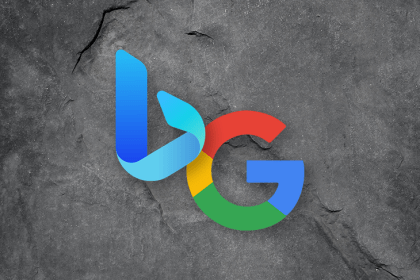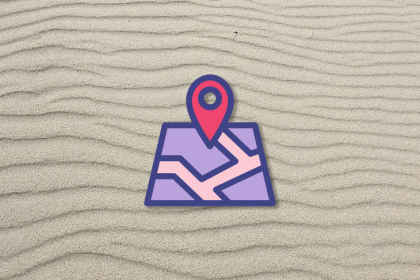
The optimal pricing model is when the price increases or decreases corresponding to the value the user receives from the product.

A monetization model shows how you capture value from your customers and what tradeoffs you make while doing so.

Product managers can extract valuable lessons from Bing’s shift in product strategy and the (significantly, but decreasingly so) one-sided battle for search supremacy.

Explore some user acquisition strategies to help your product make a lasting impact in the hearts and minds of your target audience, from organic growth to paid advertising, viral campaigns to influencer partnerships, and more.

A differentiation strategy is an effort to put your product (or service) in a unique market position that gives you an edge over competitors.

A Lean Canvas is a single, visual document that outlines what you need to consider when moving from a potential idea to a mature business.

An altitude map displays levels of product metrics visually. It maps out the most relevant metrics and shows how each influences each other.

In this article, you will learn what quantitative analysis is, the different types of analysis tools, and how to implement them.

In this article, you will learn what behavioral segmentation is, the different types of segmentation, and how to improve your product.

A sustainable competitive advantage is a competitive advantage that you’re can maintain for at least the foreseeable future, ensuring that your competitors are unlikely to beat your product.

Without an awareness of the LTV:CAC ratio, you miss many chances to adapt your business strategy and increase your overall profits.

Successful products require two things: users who want what your product offers and users who are willing to pay for it. In essence, that’s market demand.